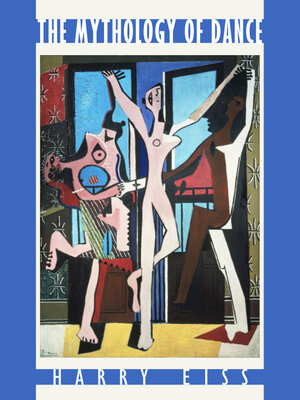
Sign up to save your library
With an OverDrive account, you can save your favorite libraries for at-a-glance information about availability. Find out more about OverDrive accounts.
Find this title in Libby, the library reading app by OverDrive.



Search for a digital library with this title
Title found at these libraries:
| Loading... |
The lights dim and soon the theatre becomes dark. The audience conversations end with a few softly dissipating whispers, and the movie begins. Nina Sayers, a young ballerina, dances the prologue to Tchaikovsky's Swan Lake, a ballet expressing a story drawn from Russian folk tales about a princess who has been turned into a White Swan and can only be turned back if a man swears eternal fidelity to her. However, this is not that ballet. This is the beginning of Black Swan, a controversial movie employing symbolism in a complex interweaving of dance and film to reveal the struggles and paradoxes of everything from a female rite-of-passage to questions about where artistic expression should demand self-sacrifice and whether such sacrifice is worth the price.The dance floor is the stage of life, the place where physical actions take on the symbolic meanings of mythology and express the deepest archetypes of the human mind. This book explores how dance gives shape to those human needs and how it reflects, and even creates, the maps of meaning and value that structure our lives. Though the volume looks at all the forms of dance, it focuses on three main categories in particular: religious, social, and artistic. Since the American Musical and subsequent Musical Videos have both reflected and influenced our current world, they receive the most space—such acclaimed performers as Fred Astaire, Gene Kelly, Judy Garland, Ricky Nelson, Elvis Presley and Michael Jackson, such important composers and lyrists as Gershwin, Rodgers-and-Hammerstein, Porter, Berlin, Webber, Bernstein, the Beatles, and the Who, and such choreographers as Graham, Balanchine, Robbins and Fosse are examined in particular detail.






